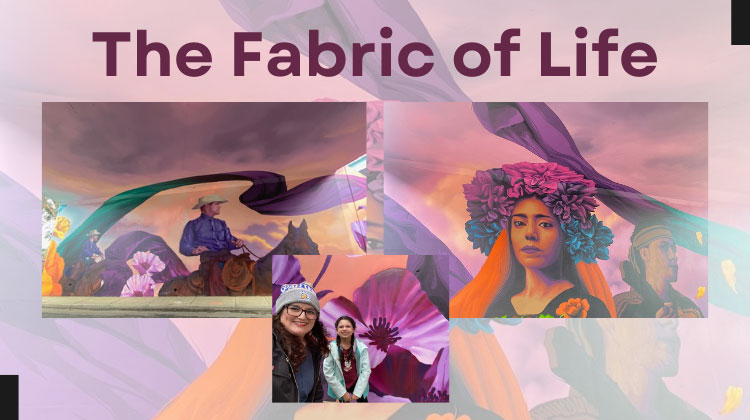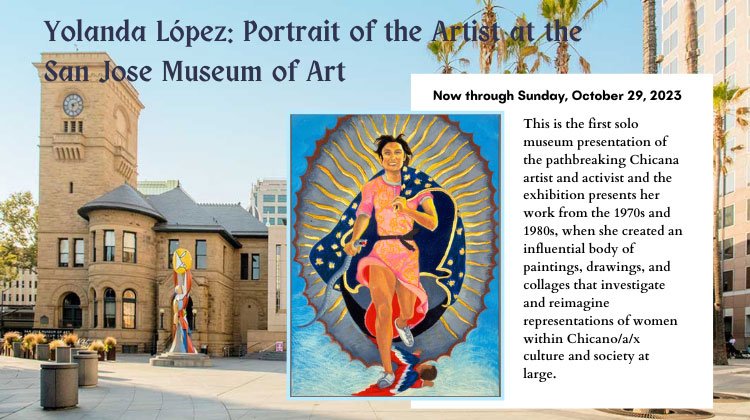by Ariana Garcia
As U.S. Latinas we regularly have to negotiate our bi-cultural identities and find understandable ways to assert these to our communities. This was particularly challenging for me (and for countless others I’m sure) when I was a teenager. My 13 year-old, recently immigrated self was torn between demonstrating pride in where I came from and wanting very badly to blend in with my classmates. Thankfully the desire to blend in slowly waned as I started high school. I reconnected with Spanish and my adoration of Selena’s music and as the year progressed there was talk of the cornerstone of a Latina’s entrance into womanhood – the Quinceañera. I had the gist of the Quinceañera celebration: the birthday girl in a princess dress with a court of damas and chambelanes dancing the waltz in a big hall. In retrospect, I had only grazed a centimeter of the iceberg.
It turns out Quinceañera celebrations can be traced back to Aztec and Mayan ceremonies that marked the beginning of adult life for young men and women. Rather than eliminating the ritual completely, the colonization of Latin America fused it with European debutante balls. The European counterparts of the celebration were a chance to showcase a young woman’s eligibility for marriage, her virtues of innocence and purity and the social status her family held. What resulted was an elaborate tradition that begins with a thanksgiving mass followed by a party that includes a contingent of padrinos as well as various objects that commemorate the last instance of childhood (i.e. the last doll and the last flat shoes).
In retrospect, my Quinceañera was far from the traditional. Instead of a pastel colored dress, I wore a one-shouldered gold dress. I didn’t have a mass, nor did I have contingent of courtiers and padrinos. I did, however, have a mariachi, a waltz with my father and a night full of dancing to cumbias and hip-hop. Over time I’ve encountered many other Quinceañeras. Many were much more traditional than my own. I’ve also had acquaintances go as far as to tell me that I didn’t have a real Quinceañera – which led me to this investigation.
What determines the authenticity of our Latin customs in this country? This is always a daunting question because the truth is that while I was born in Mexico and lived there a good deal I am not the same type of Mexican as my cousins who have lived there all their lives. Moreover traditions are observed differently in each Latin American country so to assume that there is a precise template for celebration seems over the top. I prefer to see the changes that are made to a Quince as an evolution of culture rather than a faux pas.
One such evolution is Manuel Romero – an emerging singer and song-writer (soon to be superstar) in the Bay area. Manuel is an accomplished musician at 21 and one of his many skills is the ability to create a musical montage of both his Latino and American cultures. A telling example of this is his single: “Como Hace Quince Años,” a song he and his father wrote for his sister Chelsey’s Quinceañera. The lyrics to this song capture the true sentiment of that day: a family has watched their little girl grow up and they are now presenting her as a young woman. The message rings true to so many listeners, in fact, that Quinceañeras in the Unites states and even abroad are choosing Manuel’s song as part of the evening’s festivities.
I had the pleasure of interviewing Manuel and was quite curios to know what his point of view of a Quince is as a male and an older brother. He replied: “I think it’s cool … sometimes people don’t know exactly why they’re doing it but I think that just the fact that they respect the tradition. It’s something important you know. It’s something that definitely keeps your culture alive and I think that’s something you don’t want to ever lose value of because if you don’t know who you are then what are you going to do? Who are you if you don’t know? And also that it’s a positive thing to celebrate, becoming a young lady…”
He expressed my exact sentiments. It’s true often the Quinceañera is unaware of why certain things are included in a Quinceañera. What does stand true is the premise for the celebration. A Quinceañera is still our community’s way for a family to present their daughter as a young woman and for the celebrated young lady to assert herself as a Latina. The ceremony as we see it now in the U.S. (whether it’s with the d.j’s, hip hop routines, untraditional attire; or lacking all of the above) say, “Hello world, nice to meet you. I’m a U.S. Latina and this is how I like to celebrate my identity. Personally to me embracing the two cultures is a sign of womanhood in itself. Now just think how amazing it is that this celebration has survived the ravages of colonization, immigration, and acculturation – survival of the fittest at its best to say the least.
Ariana Garcia lives in San Jose, CA. Her passions are languages, good books and anything sweet. She currently works in the online advertising industry. She holds a B.A. in Communication from Saint Mary’s College of California.
Bibliography
Quinceañera: A celebration of Latina womanhood. (2002). Voices:The Journal of New York Folklore.
Caissie, R. M. (n.d.). Quinceaneras. Retrieved from Bellaonline.com: http://www.bellaonline.com/articles/art40429.asp
Fiesta de Quince Años . (n.d.). Retrieved from Wikipedia: http://es.wikipedia.org/wiki/Quincea%C3%B1era
La fiesta de quince años en México. (n.d.). Retrieved from Wikipedia: http://es.wikipedia.org/wiki/La_fiesta_de_quince_a%C3%B1os_en_M%C3%A9xico
Thoele, K. (2005). Children of the Aztecs. Retrieved from Historia Online: A Publication of the Epsilon Mu Chapter of Phi Alpha Theta and the Department of History at Eastern Illinois University: www.eiu.edu/~historia/archives/2005/Thoele.pdf




